In continuation of my journey at AIMICAT, it's a pleasure to share another chapter of our progress. As we delve further into the intricacies of development, I am excited to recount how we tackled a significant challenge: overcoming the issue of insufficient cat litter capacity.
During real-world testing, we encountered a challenge after adjusting the production process. The assembled shell of the front and rear components, along with the sandbox, failed to achieve the advertised 2.2kg cat litter capacity. Despite accounting for engineering redundancies, we should have reached 2.8kg; however, the actual capacity only reached 1.8kg.
Directly increasing the sandbox volume was not a feasible solution. Firstly, altering the outer shell was not an option. Directly expanding the sandbox volume would require modifying the sandbox's shape, but this would give rise to two immediate complications: First, altering the sandbox incline might disrupt the efficient dislodging of waste chunks, as the current incline had been meticulously fine-tuned through extensive testing. Second, adjusting the incline involves modifying the front and back molds of the sandbox, which requires a 2500-ton mold. Making substantial modifications would involve significant cutting and welding, akin to creating an entirely new mold. This not only increases manufacturing costs but also extends the sandbox production timeline by three months, disrupting a series of tests. Therefore, our only option was to explore alternative solutions to address the insufficient sandbox volume.
After numerous rounds of extensive testing and considering the mold's adjustable parameters, we finally identified two viable approaches: 01, elevating the cat litter interception height by modifying the sand-filtering mesh (adding a slight incline and incorporating a litter-blocking ridge on the mesh—though the height cannot be excessive to avoid forming isolated gaps between the mesh and shell, potentially causing waste to bypass the sandbox or get stuck); and 02, adjusting the height of the rear legs to influence the horizontal plane during cat litter movement. By verifying these modifications through 3D printing, we confirmed that executing both adjustments simultaneously could directly increase the cat litter capacity by 1kg.
By doing so, we only needed to adjust the mesh height and rear leg height, making minor alterations to the two sets of molds to achieve our goal. However, this introduced an associated issue—primarily, the need for users to be cautious when installing the front and rear legs due to the altered leg height. While this increased the user's understanding during installation, it also brought the risk of incorrect assembly.
Nevertheless, we prioritized safeguarding the core functionality. While the potential installation error with the supporting legs was not addressed at that moment, we rectified this in subsequent versions, such as the Aimicat Pro.

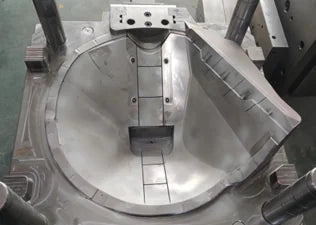
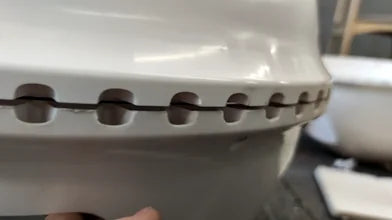
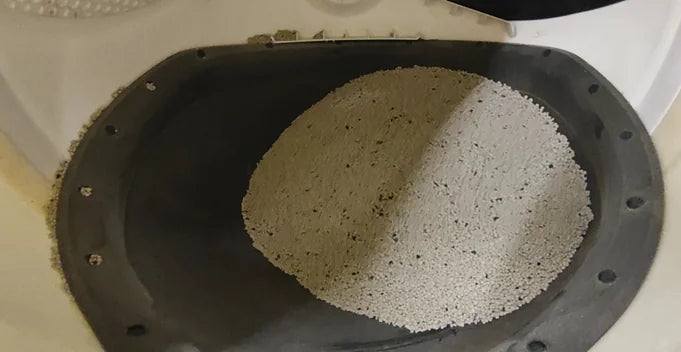
Leave a comment
All comments are moderated before being published.
This site is protected by hCaptcha and the hCaptcha Privacy Policy and Terms of Service apply.